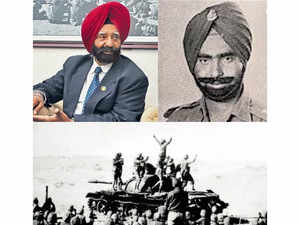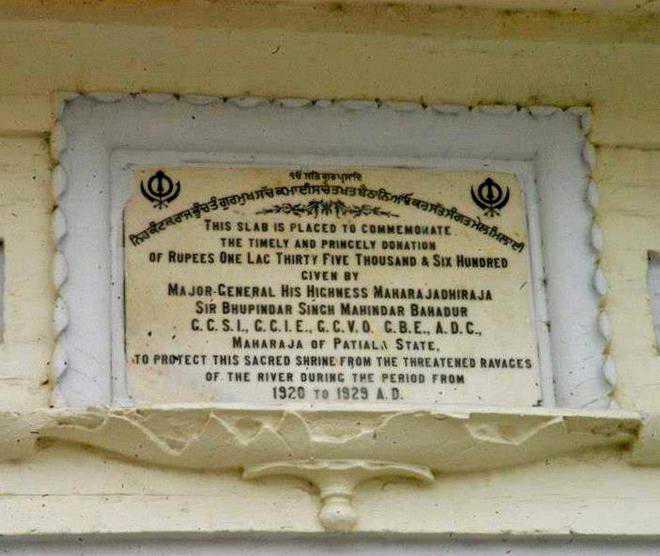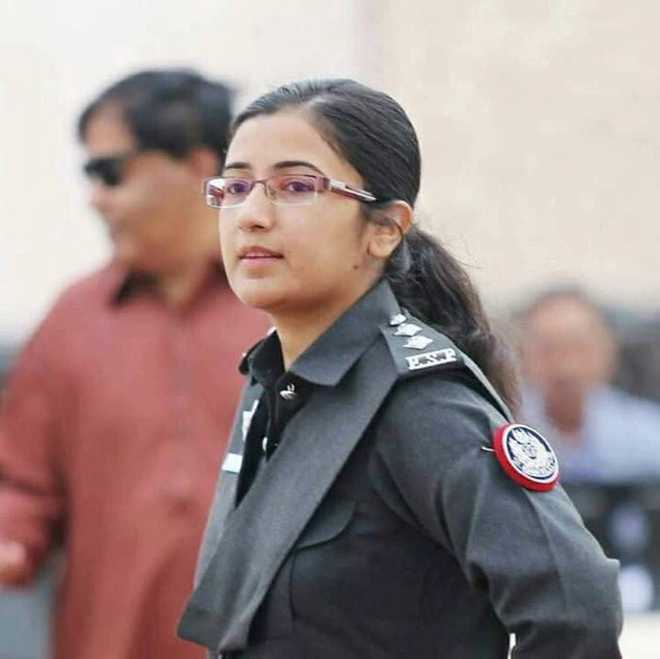The IAF chief said all the three services will have to adopt a coherent approach to effectively deal with all possible security threats facing the country, asserting that his force strongly stands for “jointness”.
New Delhi: Chief of Air Staff B S Dhanoa has strongly pitched for institutionalised structure for joint planning among the Indian Air Force, Navy and Army so that the country wins any war in future in the “shortest possible” time.
The IAF chief said all the three services will have to adopt a coherent approach to effectively deal with all possible security threats facing the country, asserting that his force strongly stands for “jointness”.
“No single service can win the war solely on its own inherent organic capabilities given the variety of threats which nations are capable of inflicting upon each other,” he said.
“Thus it is imperative that the three services promote joint planning and exploit the strengths of sister services to help win a war in the shortest possible time. India by itself is one theatre,” he told PTI.
There have been deliberations within the government and the three forces on whether India should go for integrated theatre commands where all the manpower and assets of the three services will be under the command of one officer. The US as well as several western countries follow this model.
There were voices within the defence establishment who were in favour of setting up at least two theatre commands — one in western sector for dealing with Pakistan and other in eastern sector for dealing with any eventuality along the frontier with China.
Though there is no clear indication of whether the government was serious about setting up theatre commands, in April, it formed a Defence Planning Committee (DPC) headed by National Security Advisor (NSA) Ajit Doval to prepare a national security strategy with a focus on ensuring convergence among the three forces.
“What we require is an institutionalised structure for joint planning. Incidentally, IAF is the only service that deputes senior officers who serve alongside principal fighting formations of the other two services so as to improve and enhance their combat potential in achieving desired outcomes,” said Air Chief Marshal Dhanoa.
He said the IAF enables the Army and the Navy to achieve laid down objectives set by the political leadership.
At present, India has 17 single-service commands. The country’s only tri-services command was set up in 2001 in the strategically located Andaman and Nicobar.
Nearly two years back, China reorganised its military into five theatre commands to enhance the overall capabilities of the forces.
Asked about the IAF’s long-pending modernisation initiative, Air Chief Marshal Dhanoa said his force has a capability-driven modernisation plan with an aim to achieve full spectrum capabilities.
“It is the IAF’s endeavour to achieve self-sufficiency through a focused, sustained and evolved indigenisation programmes by supporting the Make in India’ initiative. Rest assured, IAF is prepared to respond to future challenges and safeguard the Indian skies,” he said.
The IAF chief said the government was pursuing multiple initiatives to achieve higher levels of indigenisation and self-reliance in the defence sector.
This, he said, was sought to be achieved by harnessing the capabilities of both the public and the private sector industries, thus increasing the defence industrial base in the country.
“Self-reliance is a major cornerstone on which the military capability of any nation must rest. Our country has immense potential to leverage the manpower and engineering capability within the country for attaining self-reliance in design, development & manufacturing in defence sector,” he said

















































































